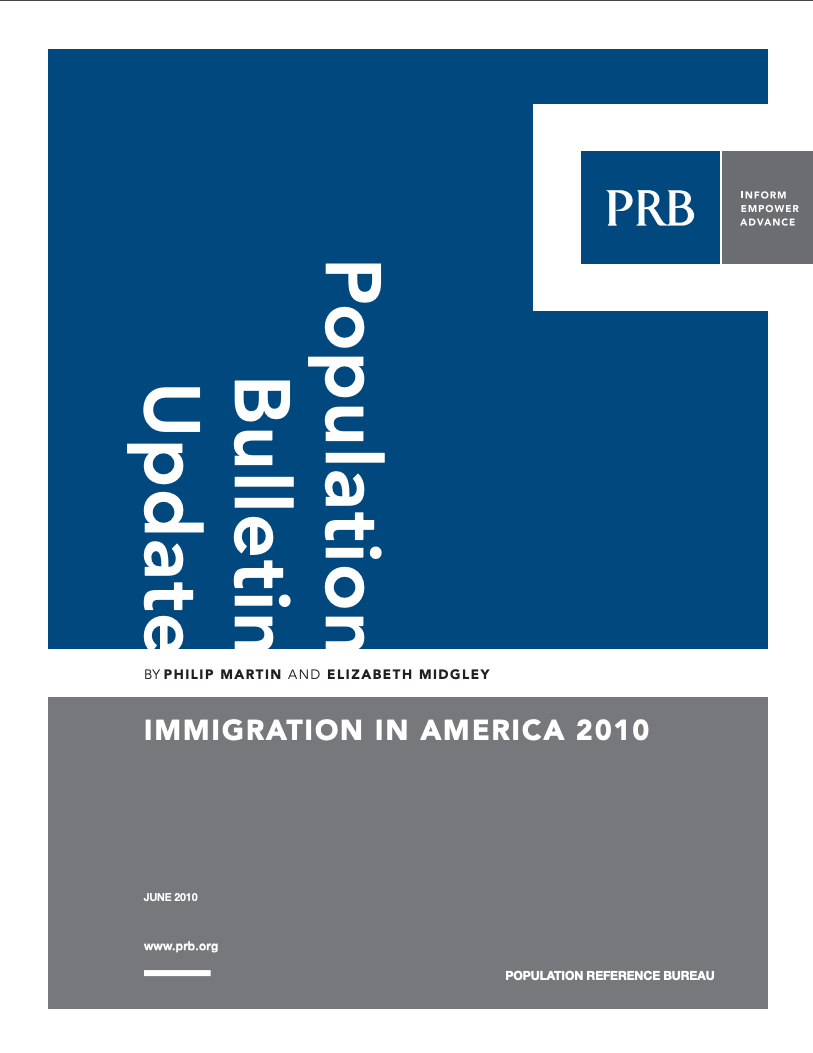Egypt Bans Female Genital Cutting
The Egyptian Health Ministry issued a decree on June 28, 2007, that officially banned female circumcision, also known as female genital mutilation (FGM) or female genital cutting (FGC).
The Egyptian Health Ministry issued a decree on June 28, 2007, that officially banned female circumcision, also known as female genital mutilation (FGM) or female genital cutting (FGC).

This Population Bulletin Update is a follow-up to 2006's Population Bulletin, "Immigration: Shaping and Reshaping America" by Phil Martin and Elizabeth Midgley, and provides new data and analysis on the economic impacts and policy debates around immigration.

What do data tell us about the people who live in Gaza and the West Bank?
RTAC serves as a strategic resource to the United States Agency for International Development, leveraging academic researchers’ scientific expertise to provide research, specialized training, and short-term technical assistance.
(2011) Près de 68 pour cent des personnes infectées par le VIH dans le monde vivent en Afrique subsaharienne, où le virus touche les femmes de manière disproportionnée.

(2010) Unintended pregnancies are widespread in the Middle East and North Africa (MENA), jeopardizing the health and well-being of women and their families.1 These unplanned pregnancies also exert an unnecessary burden on their countries' health systems and socioeconomic development.

This Population Bulletin Update is a follow-up to 2006's Population Bulletin, "Immigration: Shaping and Reshaping America" by Phil Martin and Elizabeth Midgley, and provides new data and analysis on the economic impacts and policy debates around immigration.
(2001) In a 2001 report published by Amnesty International, a 27-year-old Ukrainian psychologist and social worker told of being trafficked to Israel.

The Census Bureau’s state-level population estimates for 2018 provide a window into the potential redistribution of seats in the U.S. House of Representatives when the 2020 Census numbers are released.